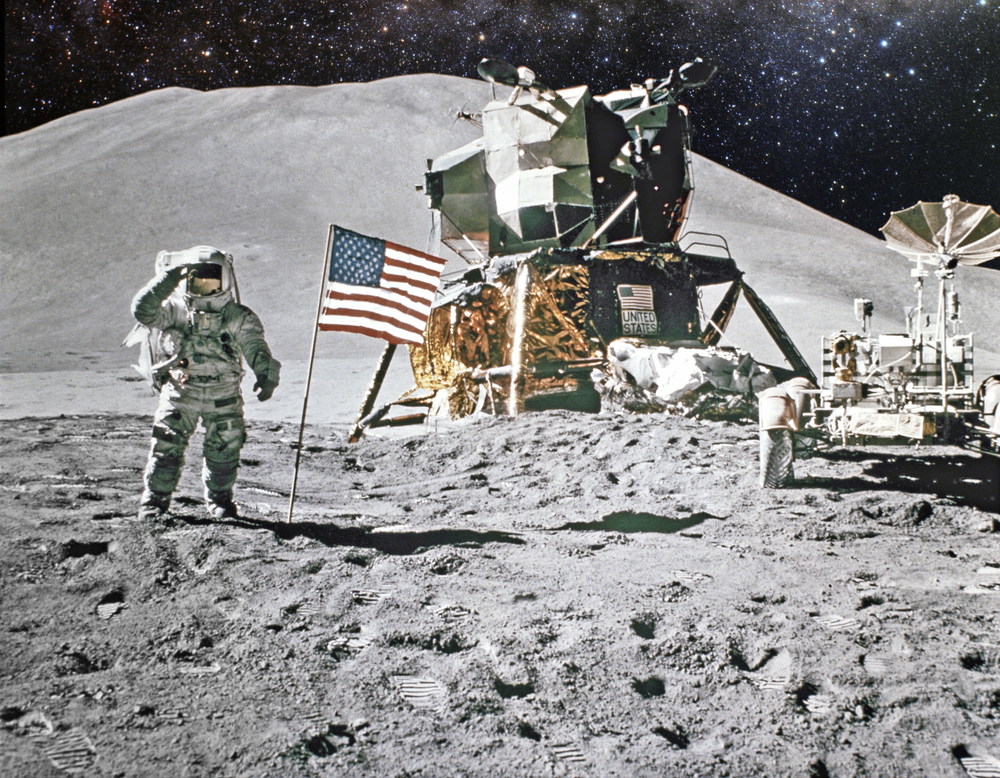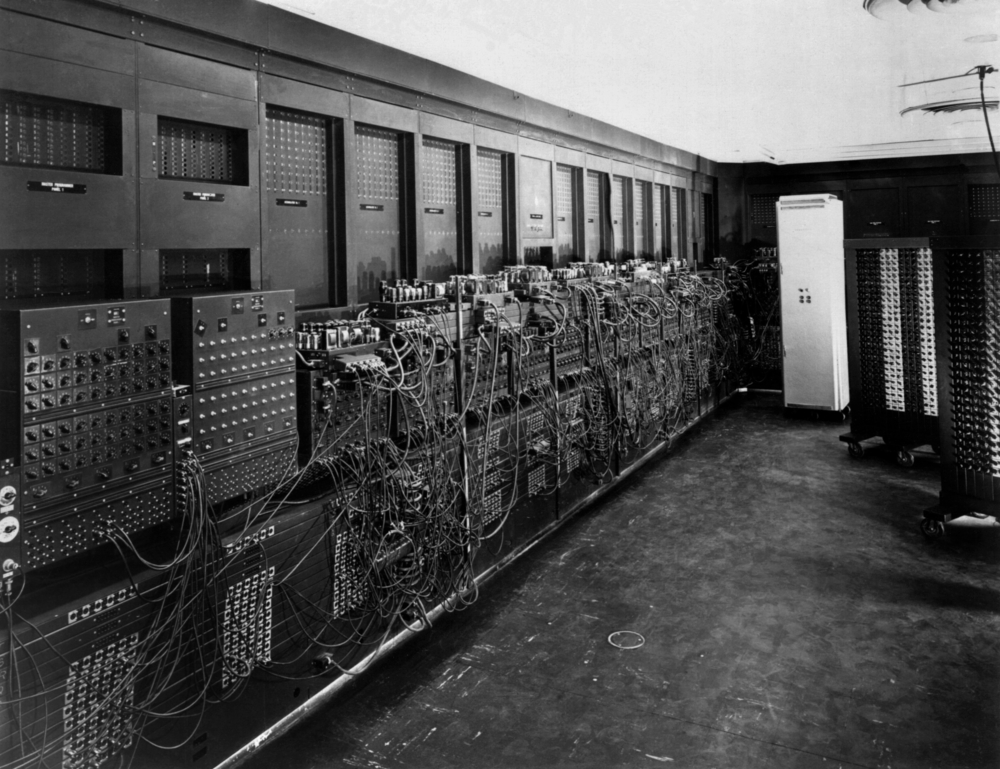These inventions are essential to our world today!
Others are reading now
Throughout history, women have made groundbreaking inventions that have shaped the world—often without receiving the recognition they deserved.
From scientific breakthroughs to practical everyday solutions, their innovations have had a lasting impact on technology, medicine, transportation, and communication.
Many of these inventions remain fundamental to modern life.
Despite facing resistance and lack of visibility, women have proven their ability to revolutionize their fields with groundbreaking discoveries.
Also read
Several of them were overlooked while their male colleagues took the credit, but today, their contributions are finally being acknowledged.
This list highlights some of the most significant inventions by women and the incredible stories behind them.
Windshield Wipers

In 1903, Mary Anderson invented windshield wipers after noticing that drivers had to stop to remove rain and snow from their windshields.
Initially, car manufacturers rejected her invention, but it later became standard equipment in all vehicles.
Wireless Communication

Hedy Lamarr, an Austrian-American actress and inventor, developed a frequency-hopping method during World War II.
Her technology laid the foundation for modern wireless communication, including Wi-Fi and Bluetooth.
Although her work was only recognized late in her life, her invention revolutionized the world.
Flat-Bottom Paper Bags

In 1868, Margaret Knight invented a machine capable of producing flat-bottom paper bags, making them more stable and practical.
Before her invention, paper bags had triangular folds that couldn’t stand upright.
A man named Charles Annan attempted to steal her idea, but she won a lawsuit and secured her patent in 1871.
The First Computer Algorithm

Ada Lovelace, a British mathematician, wrote the first known algorithm for Charles Babbage’s Analytical Engine in the 1840s.
Her visionary understanding that computers could be used for more than just calculations made her the world’s first programmer.
Her contributions were only recognized decades after her death when her work was rediscovered in the 1950s.
The Modern Bra

Caresse Crosby (born Mary Phelps Jacob) invented a lighter, more comfortable bra in 1914 as an alternative to the restrictive corsets of the time.
Her design used fabric and ribbons, allowing greater freedom of movement.
Although she patented the invention, she sold the rights to Warner Brothers Corset Company, which later made millions from the product.
Nuclear Fission

Lise Meitner, an Austrian-Swedish physicist, played a crucial role in the discovery of nuclear fission in collaboration with Otto Hahn.
Although her theoretical explanation was key to understanding the phenomenon, only Hahn received the Nobel Prize in 1944.
Her work led to the development of both nuclear energy and nuclear weapons, but she refused to participate in military projects.
Microbial Genetics

Esther Lederberg was a pioneer in microbiology and discovered the lambda phage, a virus that infects bacteria.
Her research was crucial to the development of genetic recombination, but she was often overshadowed by her male research partner, who received the Nobel Prize alone.
The Monopoly Board Game

In 1904, Elizabeth Magie invented a board game called The Landlord’s Game to demonstrate the economic consequences of monopolies.
Charles Darrow copied her concept and sold it to Parker Brothers, leading to the creation of Monopoly.
Magie received only a fraction of the recognition, while Darrow and the company were credited as the game’s creators.
Experiments in Nuclear Physics

Chien-Shiung Wu, a Chinese-American physicist, conducted experiments proving that parity is not conserved in weak nuclear interactions.
Her research was groundbreaking for atomic physics, but she was excluded when her male colleagues received the Nobel Prize in 1957.
She was later recognized for her pioneering work in physics.
The Double Helix Structure of DNA

Rosalind Franklin used X-ray crystallography to capture the first clear image of DNA’s structure.
Her work was essential to Watson and Crick’s double-helix model, yet she did not receive credit while they won the Nobel Prize.
Only later was her crucial contribution acknowledged.
Calculating Space Mission Routes

Katherine Johnson, a mathematician at NASA, made precise calculations that ensured successful space missions, including the 1969 moon landing.
Her work was critical in determining astronauts’ trajectories, return trips, and emergency procedures.
Despite her enormous contributions, she remained in the shadows of her male colleagues for many years.
The First Electronic Computer

The six women who programmed ENIAC, the first electronic computer, were long overlooked despite laying the foundation for modern software development.
Their significant work went unrecognized for decades before they were finally acknowledged as pioneers in computer science.
One of the First Programming Languages

Grace Hopper developed the first programming language, COBOL, making computers accessible to businesses and government institutions.
She also invented the concept of a “debugger” and was a pioneer in software development.
Although she received recognition in her lifetime, her impact on computing was even greater than she was credited for.
The Disposable Diaper

In the 1950s, Marion Donovan invented the disposable diaper by combining waterproof fabric with absorbent material.
Before her invention, parents relied on cloth diapers, which were inconvenient and prone to leaks.
Large companies initially rejected her idea, but when they later adopted the concept, it became a global success.








